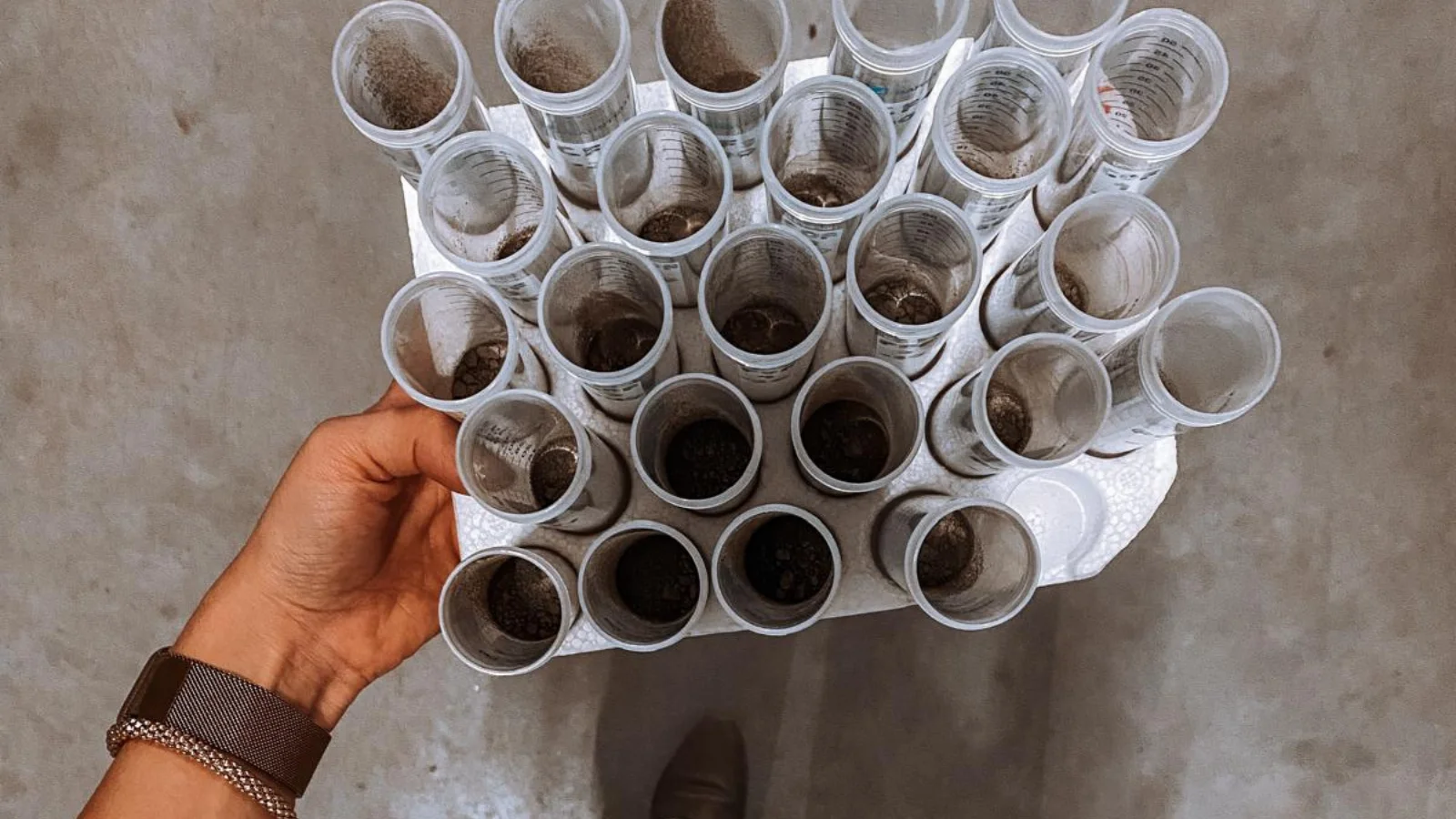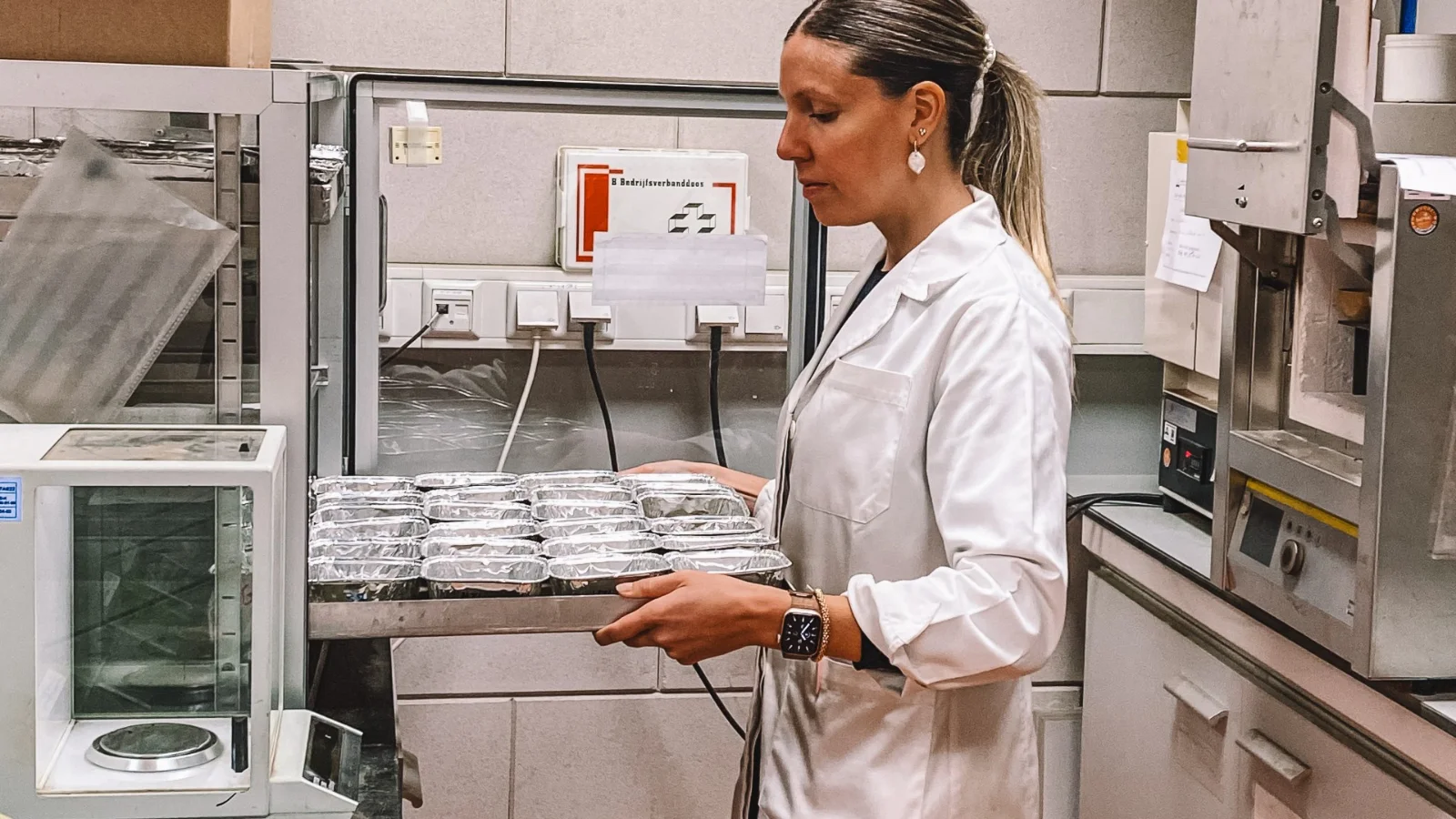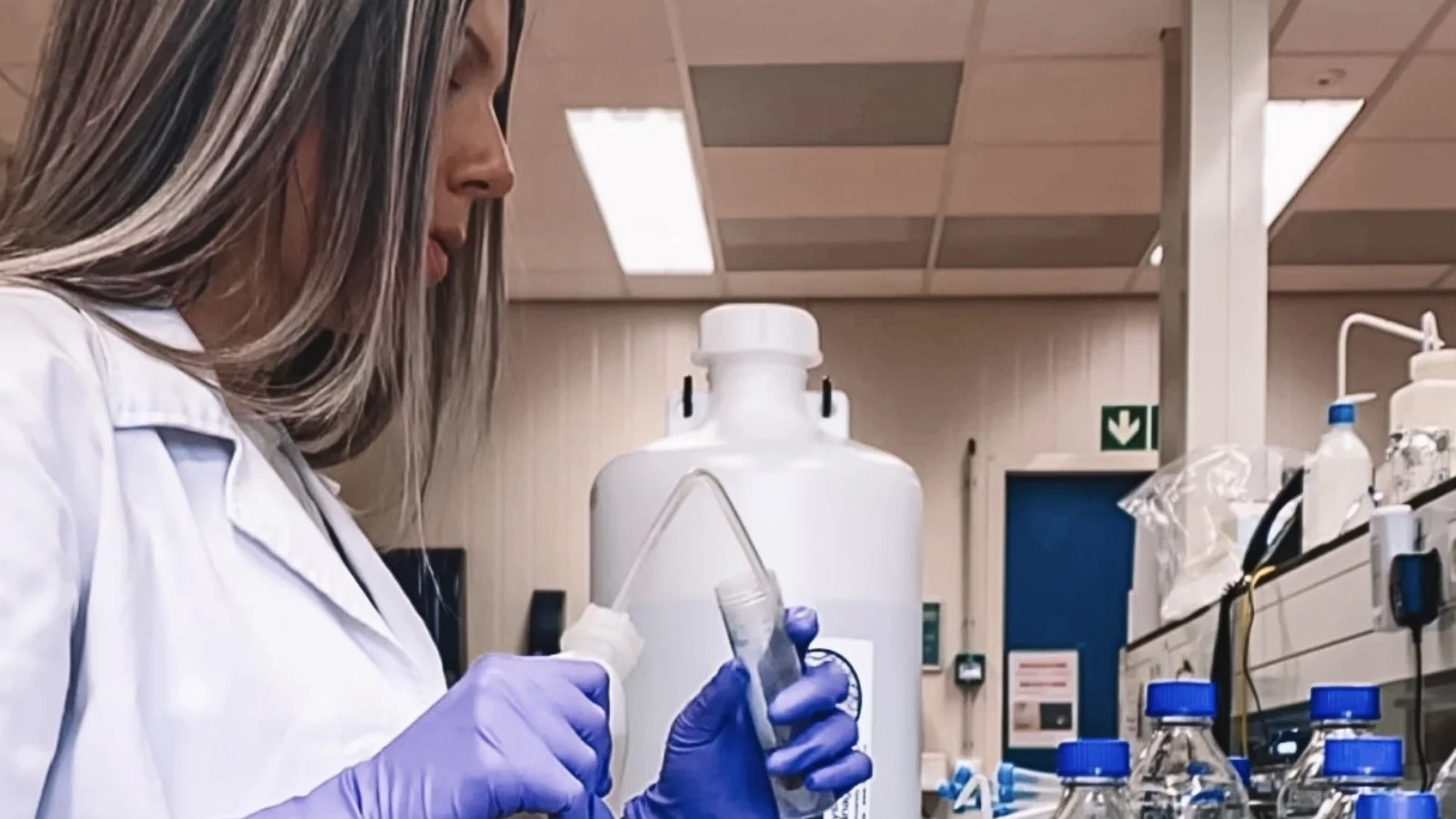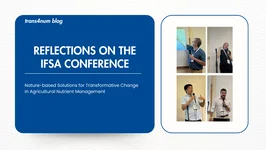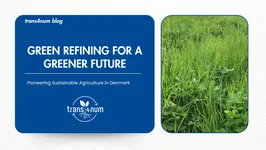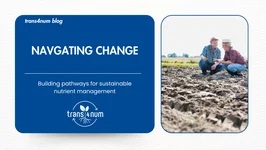| Communication team
A day in the field: Sampling soil at SPNA Kollumerwaard
by Paula Harkes
Me and my colleague Inês left Wageningen at 7:00 AM on April 3, 2025. Our car was packed to capacity: soil augers, sampling bags, ice boxes, labels, and field notes all squeezed in around two people. Our destination of the day: SPNA Kollumerwaard. It is over two hours north in the Dutch clay region, where the trans4num project is testing more sustainable nutrient strategies in real-world farming.
SPNA’s fields aren’t just any fields, they’re 20 hectares of long-term rotation trials involving potatoes, wheat, carrots, oats, grass-clover, and sugar beet. It’s a unique place to evaluate how conventional and organic approaches, including the use of green manures, impact soil health and crop performance. Here we can observe, measure, and understand how different inputs affect soil over time. These experiments help answer big-picture questions: Can we farm productively without chemical fertilizers? Can compost and green manure support long-term soil health and yield? What does “sustainable” actually look like in practice?
As field days go, we couldn’t have asked for better weather, clear skies and sunshine all day. It lifted our spirits and made the long hours of digging and hauling samples just that bit more enjoyable. We had one full day to collect samples from four experimental treatments:
- CF: Conventional with chemical fertilizers
- COF: Conventional organic using goat and cattle manure
- POFC: Planty-organic with compost and green manure
- POF: Planty-organic using only cut-and-carry green manure
At each of the four fields, we collected three replicate samples. That meant digging, measuring, and bagging soil from two depths (0–20 cm and 20–40 cm), sampling fresh topsoil for microbial biomass (kept cool in a thermal box), extracting bulk density cores, and collecting soil for aggregate stability analysis. Every sample was precisely labeled and/or tagged in order to be sure we know what we have sampled once back in the lab.
We took a short lunch break, sandwiches in the canteen of the experimental farm. But there was no time to linger, we went straight back to work. Field days like this don’t leave much margin: it was a race against time, energy, and the traffic that would be too crowded if we traveled back late.
By 16:00, we were back in the Wageningen University lab. There, we sorted the samples by storage need: microbial biomass to the freezer, chemical samples to the cooling room. It’s the start of several weeks of lab work, where we’ll analyze everything from soil pH, organic matter, and nutrients (like nitrate and phosphorus) to microbial biomass and DNA-based microbial community profiles.
For Inês and me, it was a long, muddy, and rewarding day. No lab coats, no big team, just two researchers, four fields, and a car full of samples. But these field days are essential as they’re where sustainability science meets the soil, one core at a time.
At the moment, we’re deep into the analysis phase back in the lab. We've already measured the pF curve, soil pH, aggregate stability, soil organic matter (SOM), and soil organic carbon (SOC). We are currently working on the soil chemical analysis such as total nitrogen (TN) and total phosphorus (TP). The biological analyses, including microbial biomass and DNA sequencing, are planned for later this summer. Bit by bit, the data is starting to reveal how different nutrient strategies shape the soil beneath our feet.

